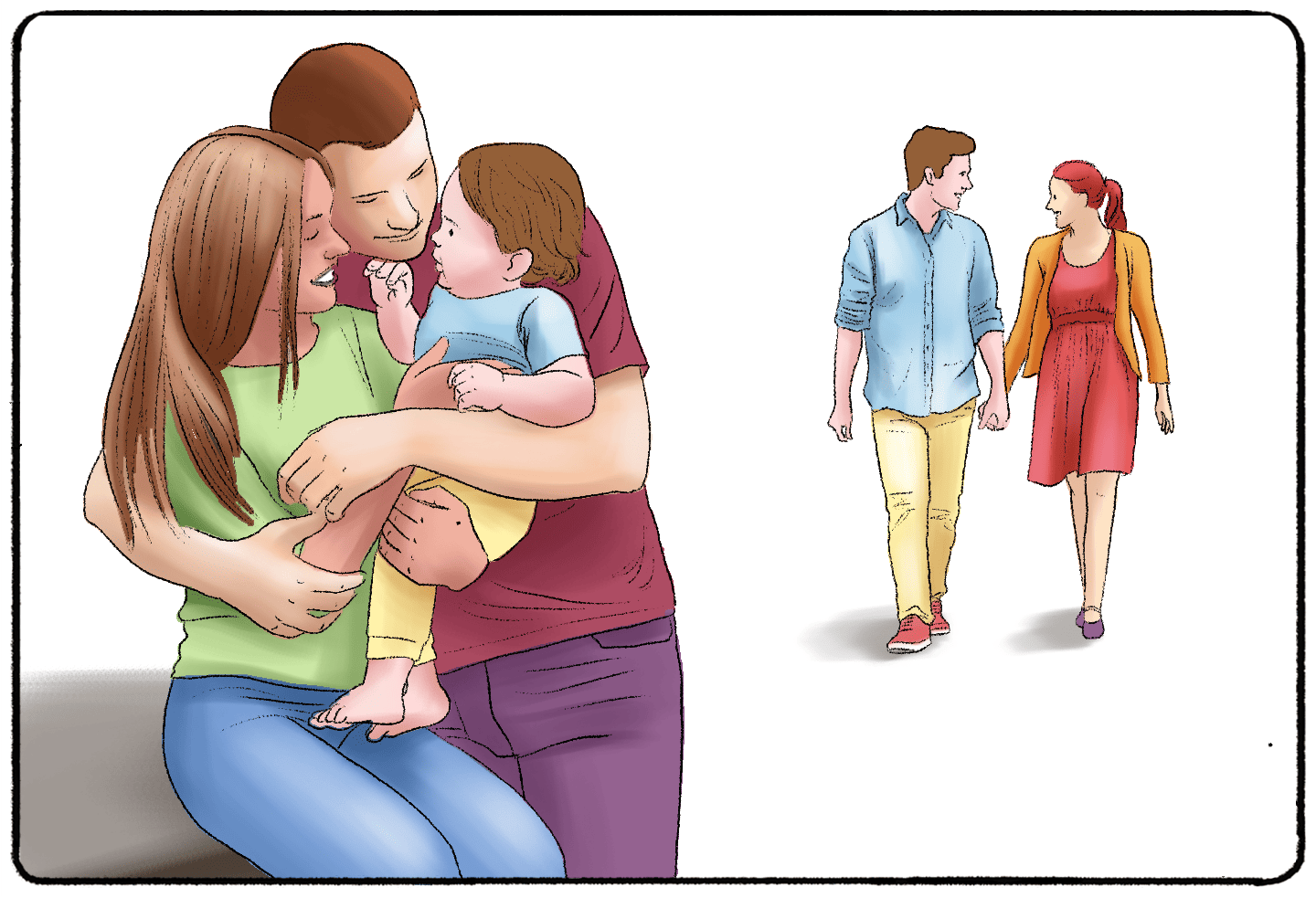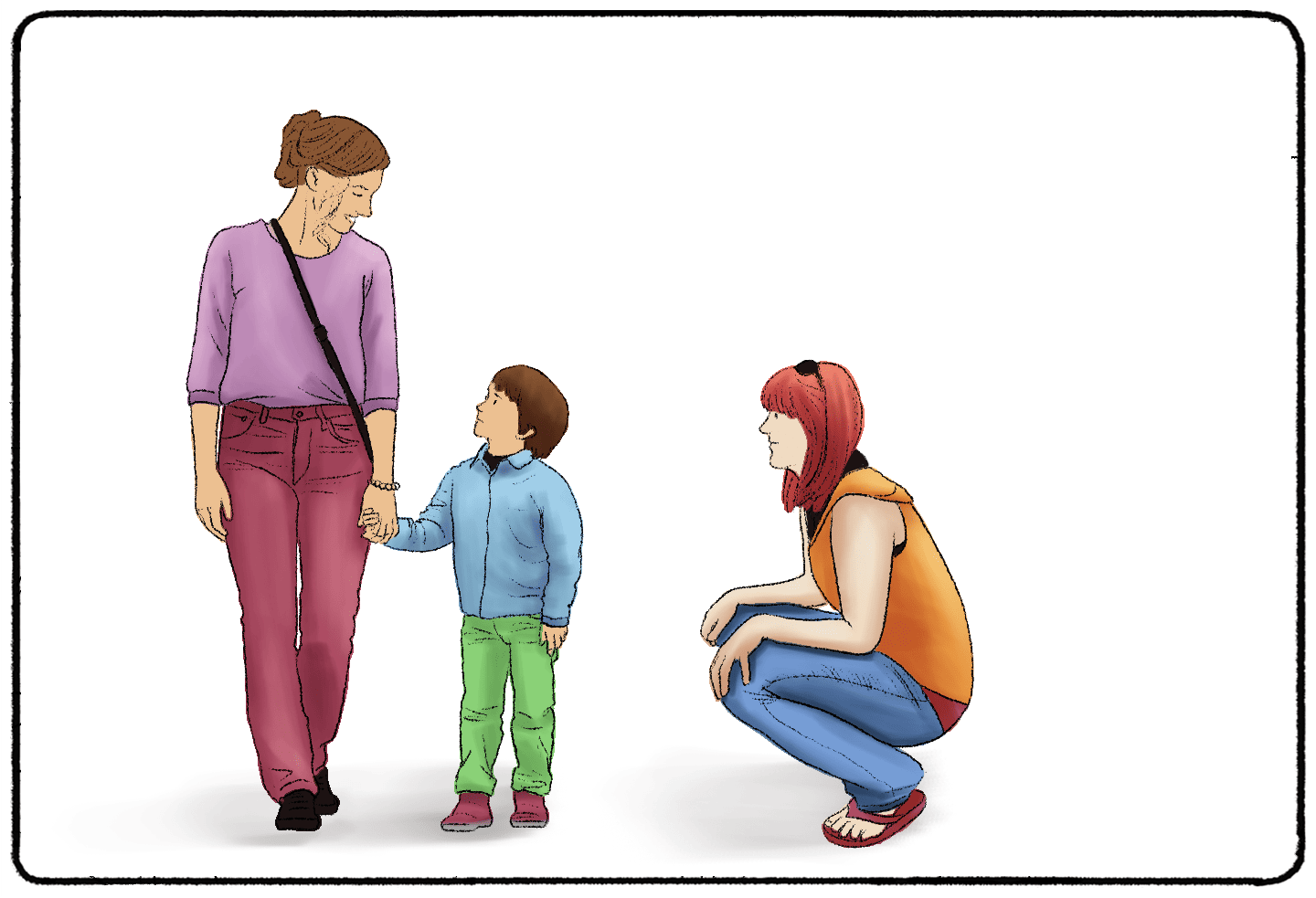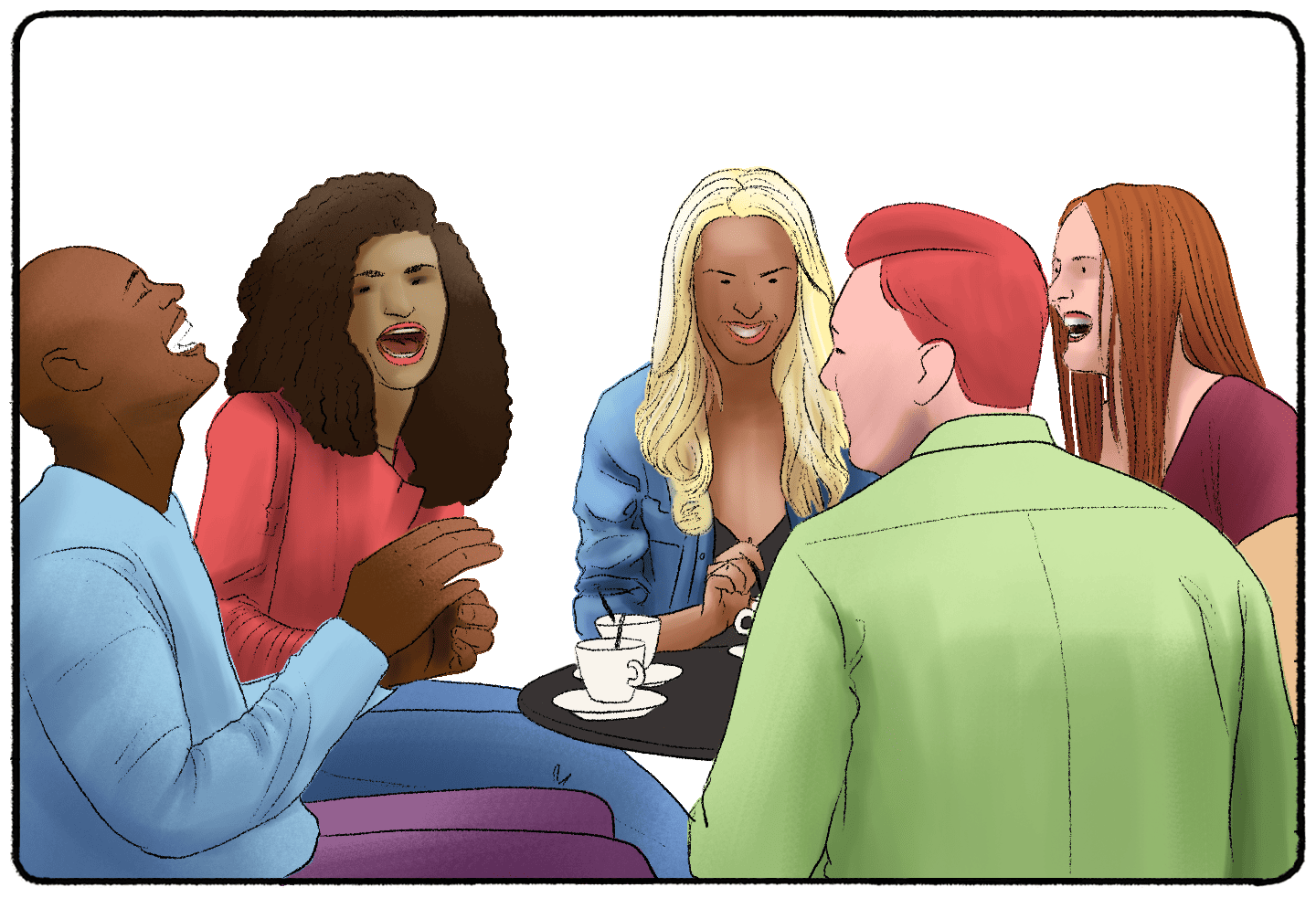Do you feel secure in your romantic relationship?
Safety and security are the foundation of a successful relationship for many people. Without security, you might be worried that your partner will leave you or that you won’t be able to handle a breakup.
Psychologists have discovered that there are four attachment styles. The style in which we are attached to our partner influences how we feel about our relationships, the behaviors we display in the relationship, and even how we pick partners. Secure attachment is the most common (arguably the most desired) attachment style. If you are not secure in your relationship, you may display the behavior of the other attachment styles:
- Ambivalent Attachment
- Avoidant Attachment
- Disorganized Attachment
I will focus on the Secure Attachment style, its looks, and how you can grow into it. Attachment styles are not fixed. Even if you display the behaviors of an ambivalent, avoidant, or disorganized attachment style, you can change your mindset and feel more secure in your relationships.

How Do We Develop a Secure Attachment Style?
Attachment styles are developed before we can even say “attachment!” Psychologists in the 1950s observed that children go through various stages of attachment as they grow bonds with one or more caregivers.
Caregivers are supposed to provide us with safety, security, and basic needs from an early age. Unfortunately, some of these caregivers fail in these duties. However, if a caregiver routinely provides their child with needs and is supportive, the child will feel secure in their relationship with the caregiver. They will trust that the caregiver will feed, house, and protect them. When the caregiver is gone, the child feels secure knowing that the caregiver will return.
This type of parenting forms a secure attachment style. As a child with a secure attachment style grow up, they are likely to display similar behaviors toward a romantic partner. They look for partners that will fulfill their needs. When the partner “leaves” or is absent, the child trusts they will return. This makes for a fulfilling relationship.
You can tell someone has a secure attachment style because they display secure behaviors.

Characteristics of a Secure Attachment
Distress When the Caregiver/Partner Leaves
It’s upsetting to see your caregiver or romantic partner leave. After all, they have been able to provide you with your basic needs, including safety and security. But the distress is temporary or concurrent with the feeling that they will return.
This distress differs from someone who has an avoidant attachment style. When a caregiver or partner leaves someone with this style, they are not so distressed. This is often the result of poor parenting or the inability to provide for the person’s needs. Someone with an anxious attachment style is very distressed when the parent or partner leaves.
Happiness When the Partner Returns
When the partner or parent comes back, it’s exciting! Generally, positive emotions and behaviors are displayed toward the other person with the behavior. After all, that person has consistently provided the person with their needs and support.
Mild Stranger Anxiety
Mary Ainsworth conducted the first studies on secure attachment style. In these studies, she observed an infant interacting with their mother and a stranger in different situations. The infants with a secure attachment style were anxious around the stranger, but only when they were left alone with the stranger. When the mother was present, the child felt comfortable with the stranger.
Security to Explore
In these studies, the child was also more comfortable exploring their environment when the mother was present. The mother served as a “safe haven.” This is a key characteristic of attachment styles. When confronted with discomfort or threats, the person may also feel they can seek comfort from their caregiver or partner.
This security provides the person more room to explore the world around them. People who have a secure attachment style are more likely to seek support in their social groups. Their first relationships were built on trust - so they are more likely to trust people who could potentially serve their needs.

In general, people with a secure attachment style have a healthy balance of trusting their partner but having a sense of independence. They know they can seek support and fulfillment through romantic relationships, even after one has ended.
Secure Attachment in Adult Relationships
While attachment styles form in our early years with caregivers, these patterns carry forward and play a pivotal role in adult relationships. For someone with a secure attachment style, this might manifest in several ways:
- Trust and Autonomy: They trust their partners and offer them space and autonomy. They don't feel threatened by their partner's independence and don't possessively cling.
- Effective Communication: They are more likely to communicate openly about their feelings, desires, and fears, fostering an environment of mutual understanding and respect.
- Emotional Balance: They can offer support when their partner is in distress and seek comfort from their partner when they themselves are troubled.
- Resilience in Conflict: Securely attached individuals approach relationship conflicts as challenges to resolve rather than insurmountable issues.
- Stable Self-Esteem: They don’t constantly seek validation and assurance but have a balanced self-view.
- Reciprocity: They understand the importance of give-and-take in a relationship, appreciating their partner's needs as much as their own.
In a broader sense, secure attachment in adult relationships can be considered a safe harbor. Just as a securely attached child uses their caregiver as a base to explore the world, securely attached adults use their romantic relationship as a base of emotional support and security.
Secure Attachment in Adult Life: Influences on Decision-Making, Stress Management, and Interpersonal Relationships
1. Decision-Making: Individuals with a secure attachment style approach decision-making confidently and optimistically. Their foundational trust in caregivers often translates to trust in themselves and their judgment. This does not mean they're impulsive; they're more likely to weigh pros and cons effectively and seek supportive advice when needed. They believe in their ability to make sound decisions and, equally importantly, in their capacity to handle the consequences of their choices.
2. Stress Management: A history of secure attachment offers a reservoir of resilience. When confronted with stress, securely attached individuals often have various coping mechanisms. Their early experiences taught them that expressing emotions is valid and useful, leading to effective emotional regulation in adulthood. This means they can face challenges head-on, lean into their support systems when needed, and employ problem-solving techniques without becoming overwhelmed.
3. Interpersonal Relationships: In adult relationships, whether friendships, familial bonds, or romantic partnerships, secure attachment plays a pivotal role. Here's how:
- Trust and Boundaries: Securely attached individuals trust more easily and are more reliable. They've learned the importance of trust from early caregivers and tend to replicate this in adult relationships. At the same time, they also understand the importance of boundaries and can set and respect them effectively.
- Empathy and Understanding: These individuals often exhibit high levels of empathy. Their foundational experiences have equipped them to understand and resonate with others' feelings, making them compassionate friends and partners.
- Conflict Resolution: Disagreements are a natural part of any relationship. Those with secure attachments typically handle conflicts in a constructive manner. They're more likely to listen, seek understanding, and work collaboratively toward solutions rather than avoiding issues or resorting to blame.
- Self-awareness and Growth: Recognizing one's own strengths and areas of growth comes more easily to securely attached individuals. They tend to be reflective and understanding of their emotions and actions, which aids in personal growth and fosters healthy relationships.
In conclusion, secure attachment offers a strong foundation for various aspects of adult life. From making informed decisions to managing stress and fostering deep, meaningful relationships, the benefits of a secure attachment style are manifold. It's a testament to the long-lasting impact of our earliest relationships and their influence across the lifespan.
How to Make Your Relationship More Secure
Attachment styles are not fixed! Even if you feel insecure with a partner now, you can use communication and trust exercises to make your relationship more secure.
A 2017 study observed couples as they engaged in different types of activities to become closer. The activities included partner yoga, answering questions about themselves, and other tasks. Throughout the study, the partners recorded how they felt in their relationship and about the other person.
These tasks weren’t super time-consuming or especially hard, but they worked! People with an avoidant attachment style saw significant relationship improvements by participating in these activities. This growth made them feel more secure. Researchers also reported that these effects were long-lasting.
People with disorganized or anxious attachment styles might find breakups particularly challenging, often riddled with heightened feelings of insecurity, abandonment, or fear. These reactions, rooted in early-life experiences, can amplify the tumultuous emotions accompanying a romantic relationship's end. However, the knowledge that these attachment styles stem from how our parents raised us can be empowering. Recognizing this origin can serve as a catalyst for self-reflection and growth.
When faced with the dissolution of a relationship, individuals with a secure attachment style tend to navigate the process with resilience and a balanced perspective. They understand the value of mutual respect, self-care, and the necessity of grief. Conversely, those with avoidant attachment might distance themselves swiftly, sometimes not fully processing the emotional weight of the breakup. Ambivalently attached individuals could oscillate between wanting closeness and fearing it during these times.
But here's the uplifting news: Attachment styles, while foundational, are not immutable. One can evolve towards a more secure attachment style through inner work, mindfulness, and perhaps even therapeutic interventions. Realizing that our early-life caregivers and adult romantic partners occupy different spaces in our lives can be transformative. While our past shapes us, it doesn't define our future. By consciously choosing partners aligned with our needs and learning to invest trust judiciously, we can forge paths toward more secure, fulfilling relationships—even when faced with their inevitable endings.
